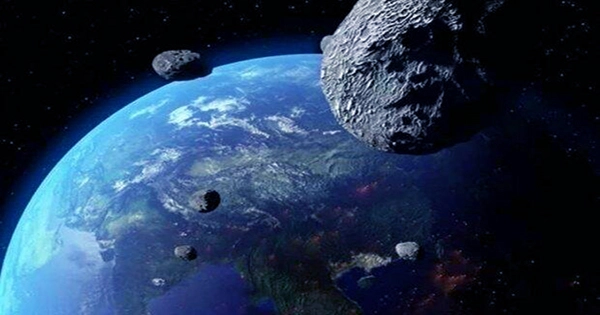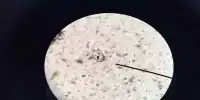The asteroid 130 Elektra has three moons, rather than the two originally thought, making it the first quadruple asteroid system ever discovered. To put it another way, it has more moons than all four inner planets in our Solar System put together, which is quite an accomplishment considering it is the size of 47 American states. Elektra is a 5.5-year-old main-belt asteroid having a 5.5-year orbit. It’s not a behemoth at 200 kilometers (120 miles) broad, but it’s big enough to have been discovered in 1873 and followed ever since. Its first moon was discovered in 2003, which was not remarkable — asteroids frequently have moons. In 2014, a second buddy was discovered.
This wasn’t particularly noteworthy, however, since the slightly bigger asteroid Sylvia had already been discovered to contain two moons nine years before. A team led by Dr. Anthony Berdeu of Thailand’s National Astronomical Research Institute has reanalyzed data obtained three days after the finding of the second moon and revealed the presence of S/2014 (130) 2, a third moon, in the journal Astronomy and Astrophysics. A more memorable name may become formal recognition in the future.
S/2003 (130) 1 is the first moon, measuring 6 kilometers in diameter and orbiting Elektra at a distance of roughly 1,300 kilometers (810 miles). Although this is a near orbit, it is still far enough away to be visible. The size of the second and third satellites is comparable (2.0 and 1.6 kilometers wide respectively).
The reason S/2014 (130) 1 was discovered instantly from 2014 data whereas S/2014 (130) 2 took another seven years is that the latest finding orbits Elektra closer, at 344 kilometers on average. Its light is readily lost in Elektra’s brightness since it is 15,000 times fainter.
Indeed, Elektra is so close to S/2014 (130) 2 that imperfections in the parent body’s shape (Elektra is far too small to be circular) disrupt the orbit of S/2014 (130) 2. The orbits of the inner two moons, moreover, cross. Some asteroid moons are formed when a fragment of the parent body is knocked loose and never reaches far enough away to escape its gravity. That’s most certainly the case for the first two moons, as their spectra and thus composition is identical to Elektra’s. S/2014 (130) 2 has yet to be subjected to the same scrutiny.
Dr. Berdeu was working on his and was using the data processing technology he used to locate S/2014 (130) 2 to Jupiter’s moons when he found the same telescope had been watching Elektra around the same time. After proving its effectiveness, the method could be used to discover new moons around other asteroids. A mission named after a Beatles song is already on its way to visit several asteroids, according to NASA. So far, no plans to study these amazing four have been announced.















